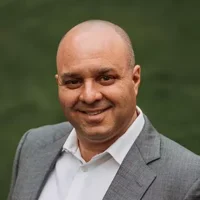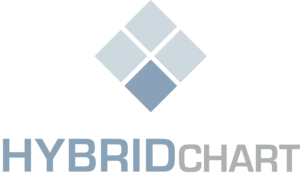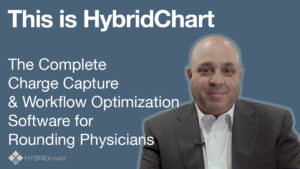As a practicing cardiologist and member of a private practice, my partners and I struggled with the decision to hire nurse practitioners. Many of our competitors had already incorporated NPs into their practice – both in the clinic and hospital settings. Our reluctant stance was based primarily on justifying their compensation. In other words, how do we make sure that they generate enough revenue to cover their salary, and in a perfect world, become a profitable addition to the group?
After much painful debate, we took a leap of faith and hired a nurse practitioner to help us with hospital rounds. We felt this would be a good introduction to our practice since we had not even begun to imagine how they would have their own office clinic. The logistics of supervision were enough to give everyone a slight headache. In the hospital the NP would assist whichever partner happened to be rounding that week, and this model was a simpler way to cut our teeth.
Our first NP was a success. She was well-received by the hospitalists and other consulting specialists in the hospital. We purposely placed her at our busiest hospital, where our census was typically over 30 patients. Since we cover five different hospitals spread across the city, we decided to hire a second NP, hoping to provide coverage to the other four facilities.
I was placed in charge of allocating the NPs to the various facilities. We were all in agreement that one NP needed to remain at our busy hospital. What to do with the other one? The remaining four hospitals were too far apart to insist that they round at all of them. Not only would this be a waste of resources, but I began to fear that burnout would start to become an issue. We as physicians gagged at the notion of rounding at all of the hospitals, so we could not in good conscience impose that punishment onto our precious NPs.
Ultimately, I turned to our census management tool for help. This cloud-based time-saver keeps track of all of our hospitalized patients and allows for charge capture and secure messaging. The handy Dashboard screen was all I needed. With one click on the app I was able to get a broad view of the patient load at each hospital, as well as an indication of how many new patients needed to be seen. Based upon certain thresholds I was able to quickly triage which hospitals were in need of NP assistance. Since our providers put in charges at the point-of-care it was easy to see which patients had already been seen by the physician rounder – further enhancing my ability to make smart decisions with expensive resources.
There is a fine balance between productivity, profitability and mental exhaustion. Having a tool to organize your practice and help streamline your workflow will ensure that you do not waste time or money. Nurse Practitioners are a valuable asset to specialists who have a hospital presence, as long as time is managed wisely. Our NPs are now starting to see patients in the office, opening new doors to patient care and revenue streams. None of this would be possible without smart data and visibility.
Are you struggling with covering multiple hospitals? If yes, you will probably leave money on the table and waste precious time you could be spending with your friends and family.
HybridChart’s low-cost, real-time work flow and charge capture solution can add time to your day by increasing your efficiency and adding more cash to your bottom line. HybridChart’s cloud-based software will improve your profitability and patient outcomes based on your unique workflow, including census management, charge capture, secure messaging and discharge management. All of this can be directly managed from your smart phone or tablet.
Not happy with your current software, or interested in automating your charge capture and census management system?







